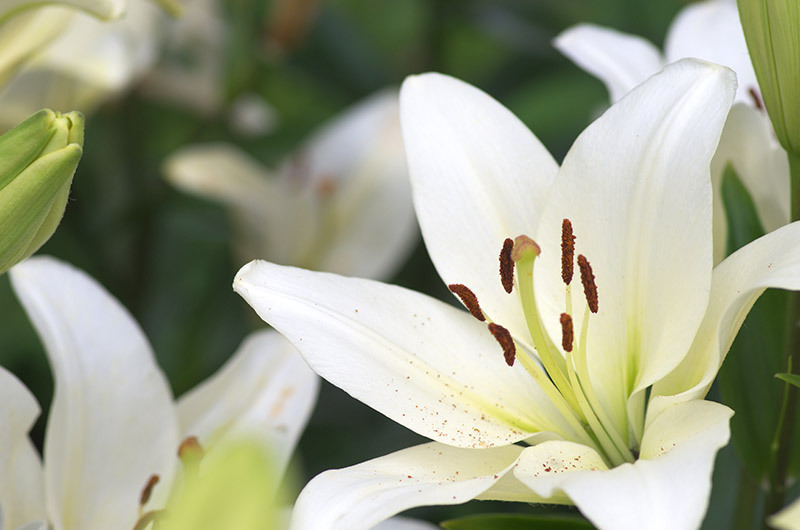The Amaryllis is a plant that many gardeners and floral enthusiasts adore for its stunning, large blossoms and ease of care. However, the real name of the Amaryllis is often a topic of confusion. In this article, we'll delve into the botanical name of the Amaryllis, its different varieties, and provide tips for growing this beautiful flowering plant.
The Real Name of the Amaryllis
The term "Amaryllis" is commonly used to refer to the plants that bloom with large, trumpet-shaped flowers during the winter months. However, botanically speaking, the plant we typically call Amaryllis is actually Hippeastrum. The confusion arises because the name "Amaryllis" historically applies to a different genus within the same family, the Amaryllidaceae.

Hippeastrum vs. Amaryllis
The true Amaryllis, classified under the genus Amaryllis, primarily includes the species Amaryllis belladonna, also known as the Belladonna Lily. Native to South Africa, the Belladonna Lily typically blooms in late summer to fall. In contrast, plants in the genus Hippeastrum are native to South America and are typically what are sold as "Amaryllis" bulbs in stores.
The key differences between these two genera lie in their growth, flowering periods, and physical characteristics. True Amaryllis plants grow from bulbs that are often hardy in warm climates, whereas Hippeastrum plants are more common as indoor flowering plants in colder climates.
Varieties of Hippeastrum
There are over 90 species and 600 hybrids of Hippeastrum. Some popular varieties include:
- Hippeastrum 'Apple Blossom': Features soft pink and white flowers.
- Hippeastrum 'Red Lion': Known for its striking red blossoms.
- Hippeastrum 'Clown': Displays a mix of red, pink, and white colors.
- Hippeastrum 'Papilio': Known for its butterfly-like petals.
Growing Tips for Hippeastrum
Growing Hippeastrum, regardless of the name confusion, is relatively easy:
- Planting: Plant the bulbs in well-drained soil with the top third of the bulb exposed above the soil line.
- Watering: Water sparingly until growth starts, then keep the soil moist but not waterlogged.
- Light: Place your Hippeastrum plant in a bright location but shield it from direct sunlight.
- Temperature: Maintain a warm environment; Hippeastrum prefers temperatures between 60-70?F (15-21?C).
- Fertilizing: Use a balanced liquid fertilizer every two weeks during the growing season.
Pros and Cons of Growing Hippeastrum
Pros
- Beautiful, large blooms that add a vibrant touch to any home or garden.
- Relatively easy to grow and care for.
- A wide variety of colors and forms to choose from.
Cons
- Can be expensive, especially hybrid varieties.
- Bulbs need to be replanted annually for best results.
- Not frost-tolerant and must be grown indoors in colder climates.

Takeaways
Understanding the real name of the Amaryllis can help you better appreciate and care for this exquisite flowering plant.
- Real Name: The plant commonly known as Amaryllis is actually Hippeastrum.
- Botanical Confusion: True Amaryllis refers to the genus Amaryllis, particularly Amaryllis belladonna.
- Varieties: There are numerous varieties of Hippeastrum to choose from based on your preference.
- Growing Tips: Follow simple growing tips for beautiful blooms every year.
Conclusion
Despite the confusion in nomenclature, Amaryllis (Hippeastrum) remains a favorite among plant enthusiasts due to its stunning flowers and ease of cultivation. Whether you choose to grow it indoors or outdoors, understanding its true identity and proper care can lead to a thriving plant that brings joy and color to any space.

